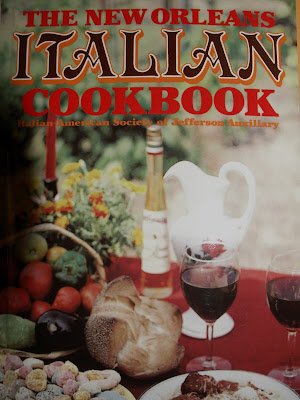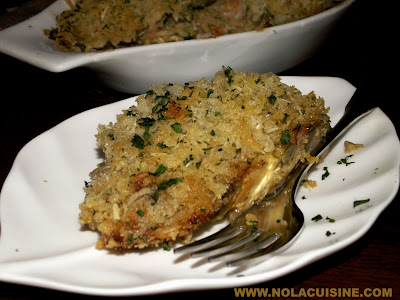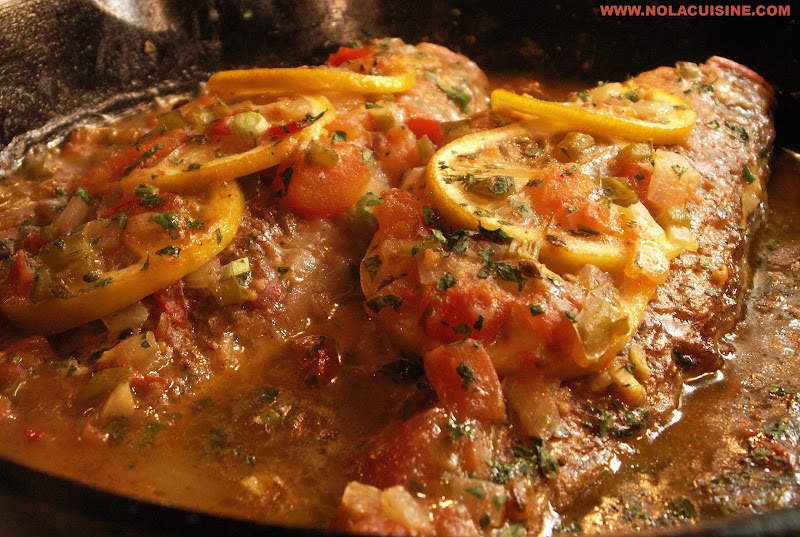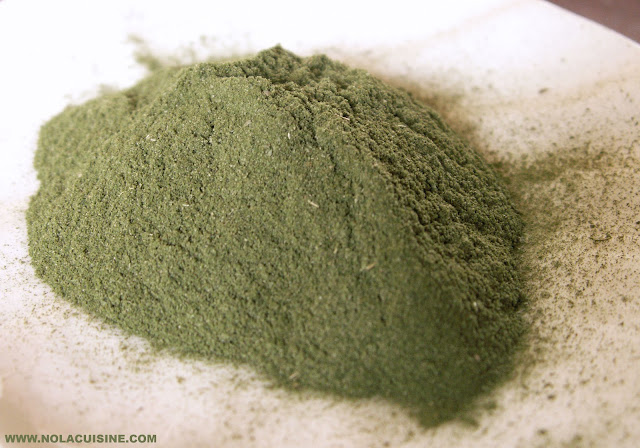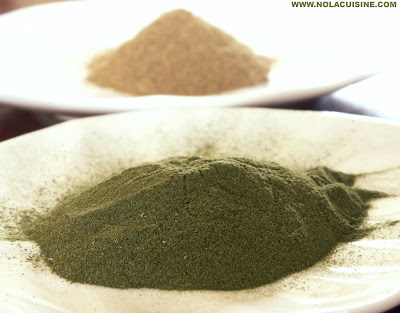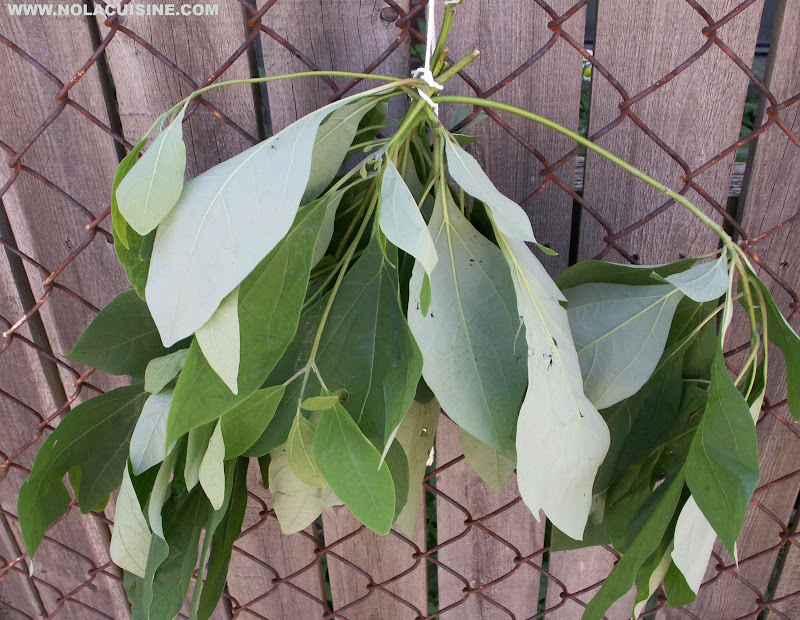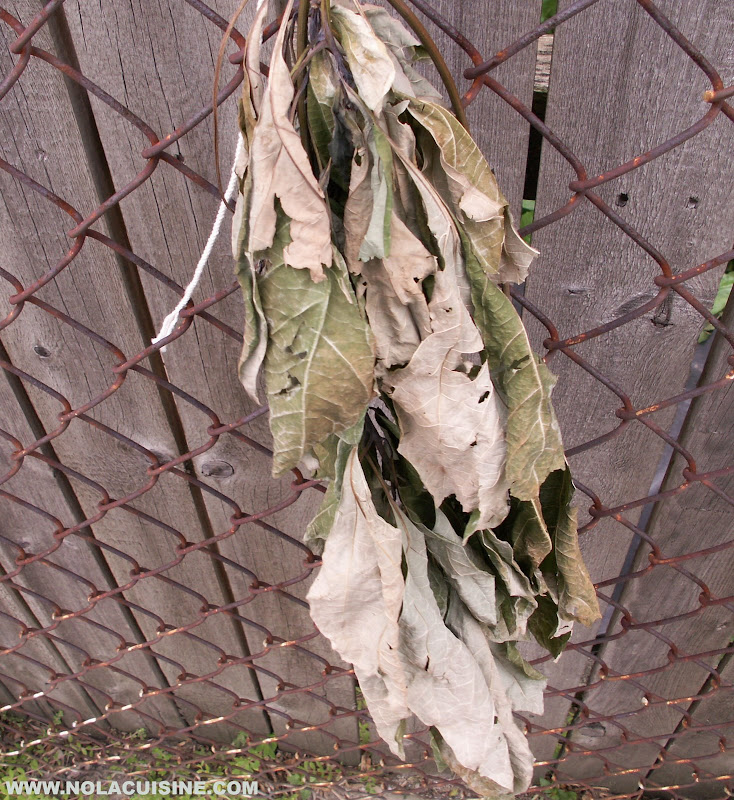 |
| From Nola Cuisine |
Shrimp and Eggplant are a perfect flavor match in this traditional Creole Italian dish, neither trying to overpower the other, just existing in perfect harmony, kind of like Oysters and artichokes, and Okra and Tomatoes.
Besides the Muffuletta, you don’t hear as much about the Italian and Sicilian immigrant contribution to Creole Cuisine as you do the French influence, this is just one.
By the way, there is a great little book from Pelican Publishing in Gretna called The New Orleans Italian Cookbook, a compilation of recipes from the Italian American Society of Jefferson Auxillary. It was first published in 1979, it features recipes from a lot of different people, from Chefs to homecooks, a great little book.
Back to the dish, it’s important to use small eggplant, because they have very few seeds, it’s just less headache. Also, you could alternately boil the eggplants whole, scoop out the pulp and save the shells to bake your dressing in, if you’re into that sort of thing.
As far as the shrimp, I only use wild caught American shrimp these days, if I can’t get American, I don’t eat Shrimp. True, they are more expensive than the flavorless Southeast Asian farm raised stuff out there, and harder to find for that matter, but they taste a whole lot better; and more importantly, purchasing them supports our own Shrimp fisherman who are absolutely suffering these days.
Anyway, back to the recipe, it’s hard to cook when you’re standing on top of a soapbox. 😉
I served this as a side to a big plate of Fried Chicken, Green Onion mashed Potatoes, and Cornbread.
Shrimp and Eggplant Dressing Recipe
1 lb Wild Caught American Gulf Shrimp, peeled, deveined, and chopped (Reserve the shells)
1 Bay leaf
1 bundle Fresh Thyme, tied with butchers twine
Water, enough to cover the eggplant by 1 inch
1 splash Liquid Crab Boil
4-5 small Eggplant, peeled, enough to yield about 2 1/2-3 Cups Cooked
3 Tbsp Unsalted Butter
1 Large Spanish Onion, finely diced
1 Medium Green Bell Pepper, finely diced
4 Toes Garlic, minced
2 Green Onions, sliced thin, keep the green and white parts seperate
1 Egg, beaten
2 Tbsp Fresh Thyme, chopped
1 Tbsp Italian Parsley, chopped
1 Tbsp Fresh Basil, chopped
1 Cup Bread Crumbs (preferably homemade from leftover French bread)
For the topping:
1 Cup Panko Bread Crumbs
1/4 Cup grated Parmeggiano, and Pecorino Romano
3 Tbsp Melted Butter
1 Tbsp Italian Parsley, chopped
A pinch of salt and a few grinds of black pepper
Preheat the oven to 400 degrees F.
Bring the water to boil in a Dutch Oven. Add the Bay Leaf, bundled Thyme, reserved Shrimp shells, crab boil, any trim from the diced onion, and a handful of Kosher salt. Boil for about 15-20 minutes, skim off the scum from the shrimp shells. Add the Eggplant and reduce to a simmer. Cook until tender about 20 minutes.
In the meantime, melt the 3 Tbsp butter in a saute pan. Add the onion, bell pepper, garlic, and a pinch of salt, saute until the onions are translucent, add the chopped Thyme and the chopped shrimp, cook until the shrimp are just cooked through; set aside to cool.
When the eggplant is very tender remove with tongs to a colainder to cool. When cool, squeeze some of the liquid from it and chop.
In a large bowl combine the eggplant, onion & pepper mixture, egg, fresh basil, and parsley, mix ingredients together well. Add the bread crumbs a little at a time until the right consistency is achieved; it should be not too wet, not too dry. Check the seasoning; season to taste with Kosher salt, Cayenne, and black pepper.
Add the mixture to a buttered gratin or baking dish. Mix together the topping ingredients, top the shrimp and eggplant dressing with it. Bake in the preheated oven until bubbly and the topping is a nice golden brown.
Makes enough for a side dish for 4.
Be sure and check out my ever growing Index of Creole & Cajun Recipes which links to all of the recipes featured on this site!
Related Posts:
Muffuletta Recipe
Shrimp Stuffed Mirlitons
Creole Stuffed Peppers
Creole Smothered Okra & Tomatoes Recipe

